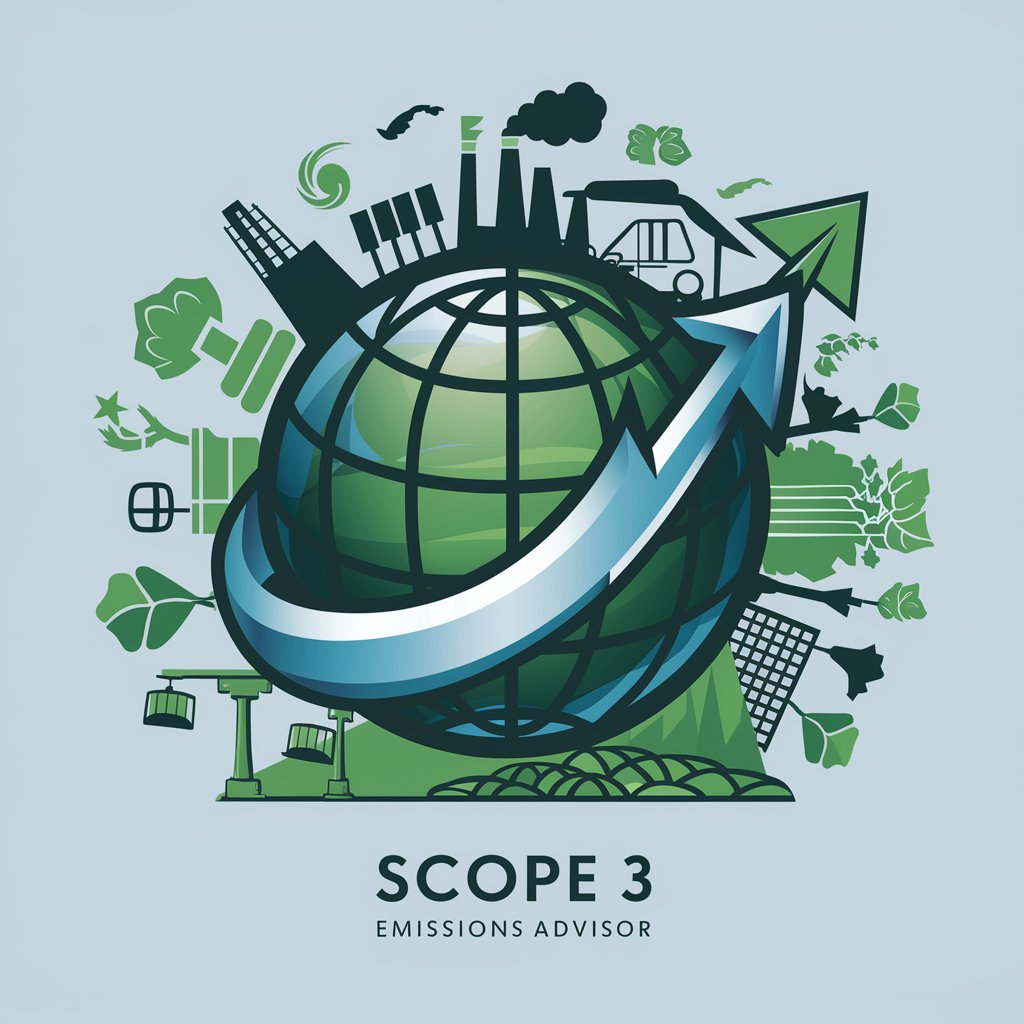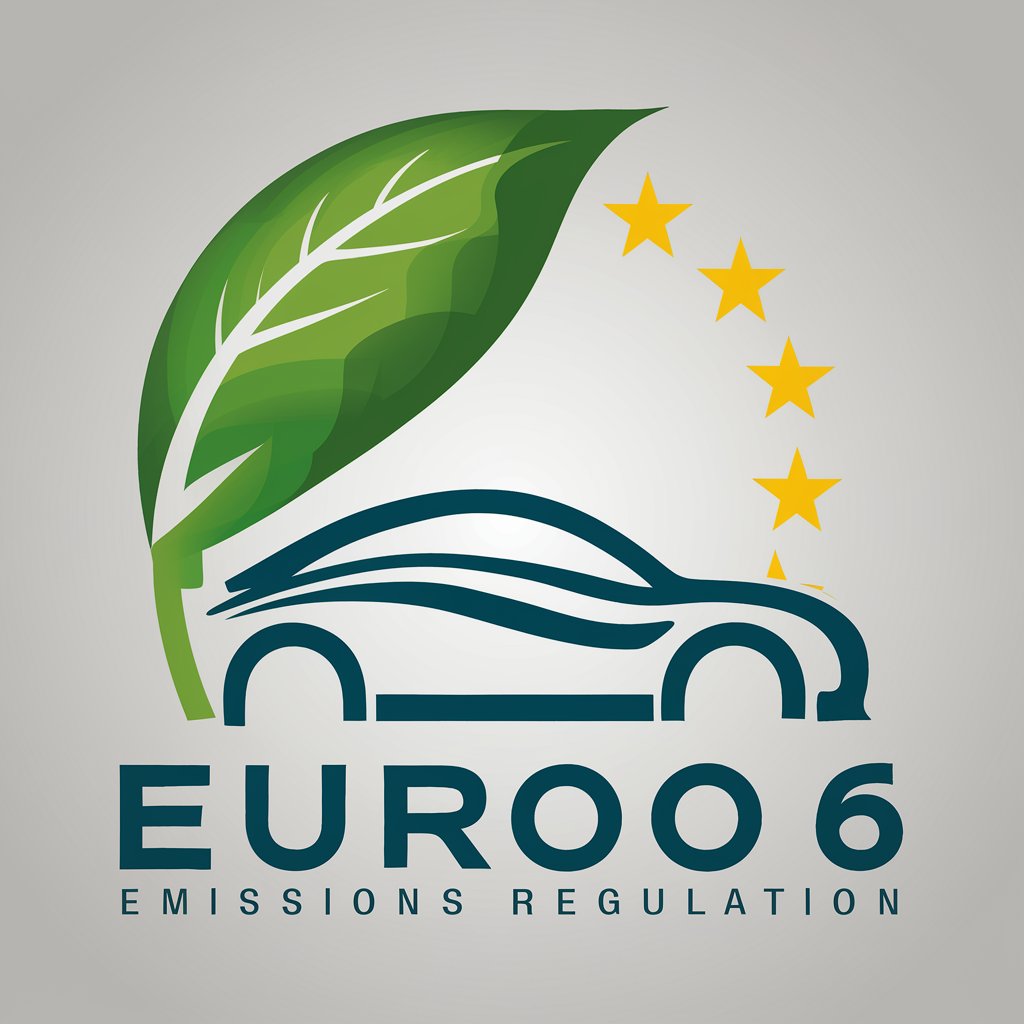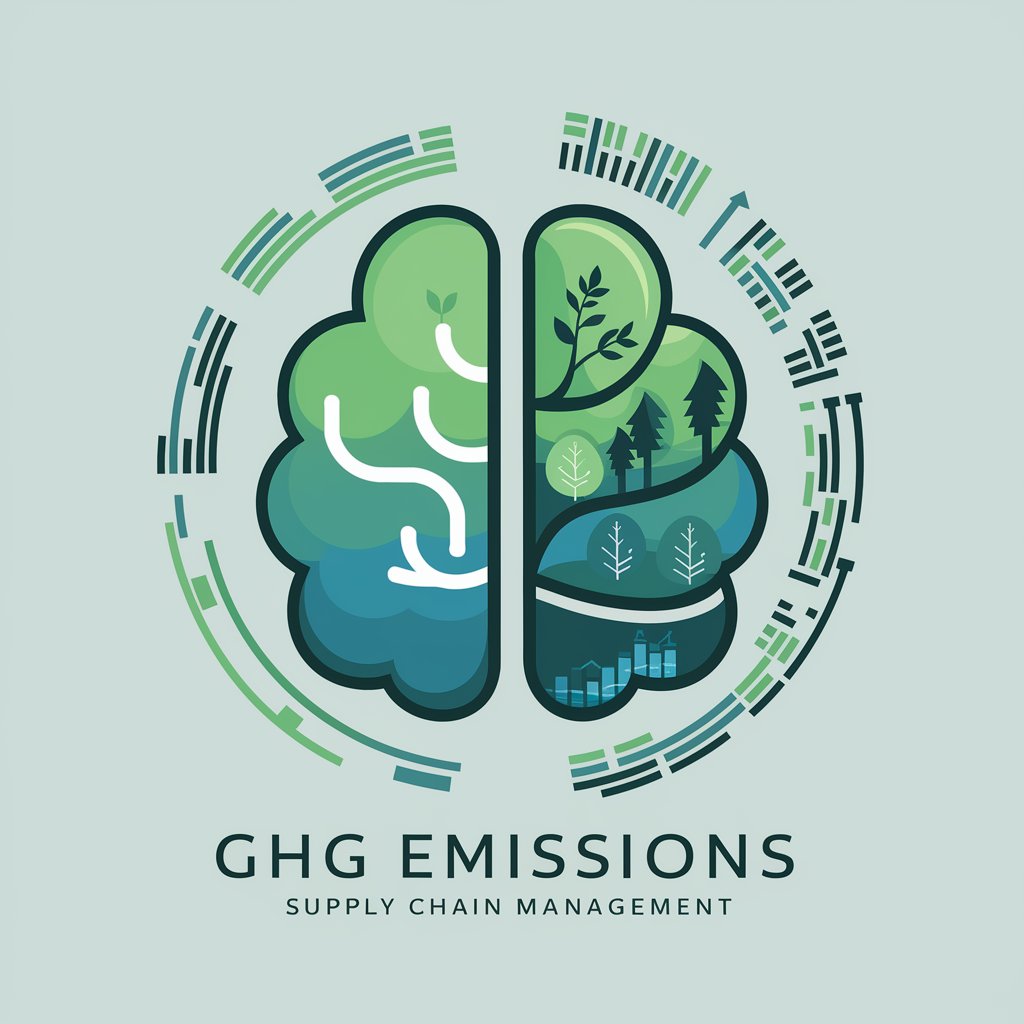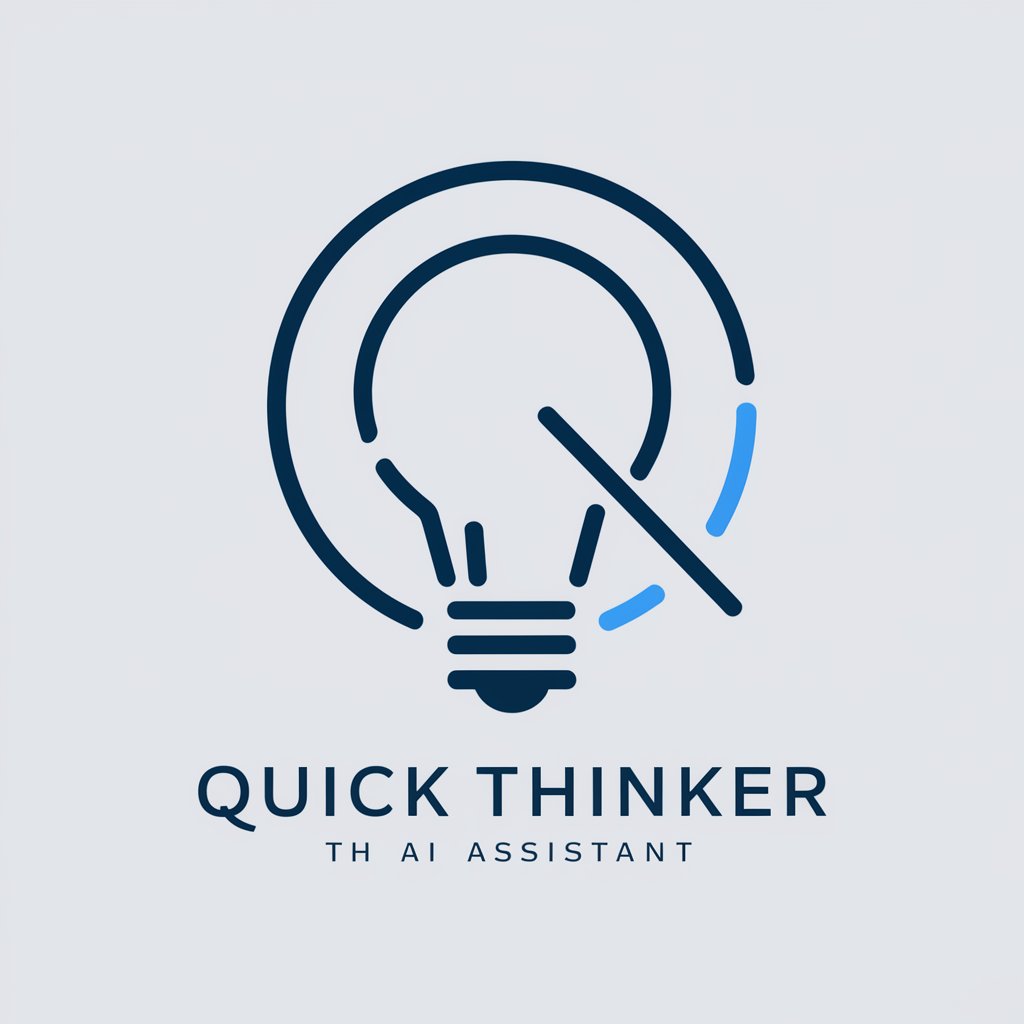Scope 3 Emissions Advisor - Comprehensive Scope 3 Emissions Insight

Welcome! Let's tackle Scope 3 emissions together.
Empowering carbon transparency across your value chain.
Can you help us identify the most relevant Scope 3 emissions categories for the manufacturing sector?
What are the primary sources of Scope 3 emissions in the transportation industry?
How can we accurately measure our company's Scope 3 emissions from purchased goods and services?
What strategies can we implement to reduce Scope 3 emissions in our supply chain?
Get Embed Code
Introduction to Scope 3 Emissions Advisor
Scope 3 Emissions Advisor is designed to assist companies across various sectors in understanding and managing their Scope 3 emissions effectively. This tool focuses on identifying the most relevant Scope 3 categories, as defined by the GHG Protocol, tailored to each company's sector. By analyzing or inquiring about a company's specific sector, Scope 3 Emissions Advisor offers customized advice, emphasizing categories with the most significant impact on the company's carbon footprint. For instance, a company in the manufacturing sector might receive targeted insights on 'purchased goods and services' and 'upstream transportation and distribution,' which are typically substantial contributors to their Scope 3 emissions. Conversely, a financial institution might focus on 'investments' and 'leased assets' as their critical areas. This approach enables businesses to prioritize and implement strategies for carbon reduction more efficiently. Powered by ChatGPT-4o。

Main Functions of Scope 3 Emissions Advisor
Sector-Specific Emissions Insights
Example
For a company in the apparel industry, Scope 3 Emissions Advisor could highlight 'purchased goods and services' due to the significant emissions associated with raw material sourcing and garment manufacturing. It would provide strategies to engage with suppliers on sustainable practices.
Scenario
A fashion retailer seeks to reduce its carbon footprint by focusing on sustainable sourcing and manufacturing processes.
Emissions Reduction Strategy Development
Example
Advising a logistics company on optimizing its 'upstream transportation and distribution' by suggesting fuel-efficient routing, vehicle electrification, and partnership with green logistics providers.
Scenario
A logistics company aims to minimize its environmental impact by improving the efficiency of its transportation network and reducing reliance on fossil fuels.
Stakeholder Engagement and Reporting
Example
Guiding a multinational corporation in structuring its Scope 3 emissions reporting to enhance transparency with stakeholders and align with international standards like the GHG Protocol.
Scenario
A global corporation wants to improve its sustainability reporting to stakeholders, including investors, customers, and regulatory bodies, by providing a comprehensive view of its Scope 3 emissions.
Ideal Users of Scope 3 Emissions Advisor
Multinational Corporations
These entities benefit significantly from Scope 3 Emissions Advisor due to their extensive value chains and diverse operations across multiple sectors. The tool helps them identify key emissions sources and reduction opportunities, essential for managing risks, ensuring regulatory compliance, and enhancing corporate sustainability reporting.
SMEs Seeking Sustainable Growth
Small and medium-sized enterprises (SMEs) aiming to grow sustainably can utilize Scope 3 Emissions Advisor to understand their carbon footprint beyond direct operations, making informed decisions that align with green business practices and customer expectations for sustainability.
Sector-Specific Associations
Industry associations can use the tool to develop sector-wide insights and best practices for managing Scope 3 emissions, facilitating knowledge sharing and collective action towards sustainability goals within their sectors.

How to Use Scope 3 Emissions Advisor
Start Your Journey
Head over to yeschat.ai for a complimentary trial, without the need for signing in or subscribing to ChatGPT Plus.
Identify Your Sector
Determine the sector your company operates within, as this will direct the Scope 3 Emissions Advisor to provide sector-specific insights and guidance.
Scope 3 Categories Identification
With your sector in mind, the tool will help identify the most relevant Scope 3 emission categories for your business, streamlining the focus to where it matters most.
Data Collection and Analysis
Collect data pertaining to your identified Scope 3 categories. Utilize the Advisor's guidance to analyze this data, aiming to uncover insights on emissions sources and reduction opportunities.
Implement and Monitor
Apply the recommended strategies for managing and reducing Scope 3 emissions. Regularly monitor progress and adapt strategies as needed to ensure continued emissions reduction.
Try other advanced and practical GPTs
Euro 6 Emissions Regulation Expert
Navigating Euro 6 Compliance with AI

Snarky Gourmet Weeknight Meal Planner
Where gourmet cooking meets witty banter.

Synonym Buns
Condense with Confidence: AI-Powered Synonym Suggestions

Serena Wry
Elevating AI Conversations with Wit and Wisdom

Zeppo
Embrace the Absurd with AI

Historical Hitle r
Unraveling history with AI-powered insights

GHG Emissions Calculator
AI-driven Emissions Insights

Carbon Emissions Consultant
Empowering carbon abatement with AI.

Eco Analyst
Empower sustainability with AI analysis.

GHG Emissions
Empower your sustainability with AI-driven GHG insights.

Quick Thinker
Direct answers from AI, refined and quick.

Quick Positivity
Uplifting You with AI-Powered Positivity

Scope 3 Emissions Advisor Q&A
What is Scope 3 Emissions Advisor?
Scope 3 Emissions Advisor is a specialized tool designed to help companies manage and understand their Scope 3 emissions, focusing on sector-specific guidance and the most relevant of the 15 Scope 3 categories as defined by the GHG Protocol.
Why focus on Scope 3 emissions?
Scope 3 emissions often represent the largest portion of a company's carbon footprint, covering indirect emissions not produced by the company directly but related to their value chain. Managing these helps in significantly reducing overall greenhouse gas emissions.
How does the Advisor customize advice for different sectors?
By analyzing the specific sector in which a company operates, the Advisor narrows down the relevant Scope 3 categories, allowing for targeted advice that addresses the most impactful areas for emission reduction within that sector.
Can Scope 3 Emissions Advisor assist in setting emissions reduction targets?
Yes, the Advisor offers guidance on identifying hot spots for emissions within the company’s value chain, aiding in setting realistic and impactful emissions reduction targets and strategies.
How can companies use the tool to engage with their value chain?
Companies can use insights and data from the Scope 3 Emissions Advisor to engage suppliers and customers in discussions about emissions reduction, fostering collaboration across the value chain for broader environmental impact.
